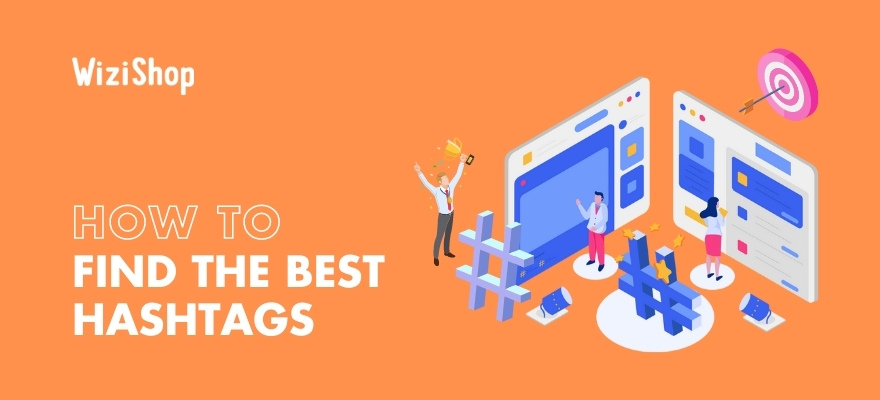To improve the visibility of a tweet, a photo on Instagram, or a LinkedIn or Facebook post, you want to use good-quality hashtags. This is a great initiative to effectively animate your audience! Expand your marketing strategy by using these beneficial tools for your audience.
A hashtag is a “keyword,” aka a clickable phrase. The word becomes a link when a “#” is added as a prefix to it. The word is then referenced. The link created lists all the content related to this topic, this expression, on a dedicated page of the social network.
Although its origin goes back to the 2000s on forums and chats, it was in 2007 that the hashtag first made its appearance on social media networks.
Instagram, Twitter, Facebook, LinkedIn, TikTok, and many others: all social platforms take into account the strength of the hashtag, but it’s up to you to optimize your strategy around these sharing options to gain visibility.
Here are all the best hashtags according to social networks and 7 top tips to help you learn how to find and choose them!
Which hashtags work best on Instagram? Examples!
Despite the hashtag on Instagram being ubiquitous, it has nevertheless lost its value with the various updates of the application, according to Instagram statistics. Today, Instagram’s algorithm limits the reach of posts related to hashtags that have become too popular. For example, the keyword “#instagram,” a brand hashtag that’s become viral, is blocked. Thus, there’s little chance for your content to appear for this search query.
Other popular words will be much more effective to position your qualitative videos and beautiful photos on relevant and engaging results. You can also refer to the number of people who follow a hashtag (just like following accounts) to analyze the most inspiring buzzwords for the community.
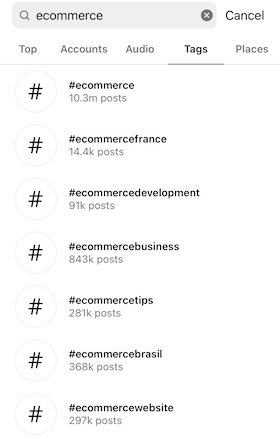
In addition, the number of hashtags under winning Instagram posts is about 10 on average: even though the platform accepts up to 30 hashtags, be reasonable in your strategy and focus on the top words for the photos and videos that you post.
IGTV, Real, Story, Bio, or Instagram feed: here’s a list of hashtags and some tips for finding them.
Popular hashtags
These are generalist hashtags, which have no specificity. If you post pictures of a cat, the hashtag #cat will be considered “popular.”
Some of them have been used by most people for a few years. If you want to add some of them under your posts, pick from this list: #photooftheday #lifeisbeautiful #nofilter #igers #love #amour #nature #instagood #instaphoto #instaphotos #instapic #instadaily #selfie #instamood #bestoftheday
Specific hashtags
In the same line as popular hashtags, these hashtags will provide information in front of the main term. As on search engines, the search queries around #cat can then vary, and you can find terms such as #whitecat, #persiancat, #shorthaircat, etc.
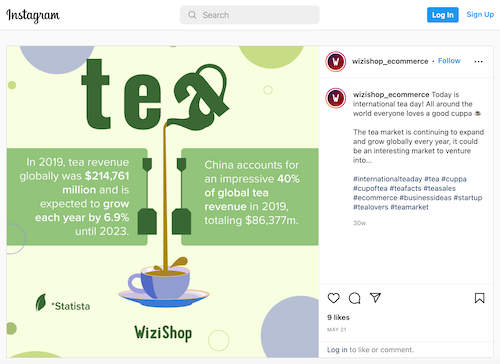
Image hashtags
These are the hashtags that aren’t intended to create traffic or engagement but to accompany the speech of a brand or a campaign, which can help you to boost awareness of your business if you’re using Instagram for ecommerce.
They can also be created to propose a participation to a contest for example. It’s often enough to simply add a qualifier to the name of the brand.
Example: #[brand]onvacation #contest[brand] #[brand]playlist etc.
Location hashtags
It allows you to categorize your content in the results associated with the region or city, in addition to the “location” option offered by Instagram. For example, if your business is located in Nice, you can easily add #nicefrance #cotedazur #frenchriviera to your list of hashtags.
Custom hashtags
These are hashtags that will be specific to you to help make the content that you post more accessible and engaging for your community. They’re also expressions that are specific to an identity or an action that one invites others to perform. Example: #iwantitrightaway #imafan #heavenonearth etc.
How do you choose your hashtags on Twitter?
For Twitter, hashtags are also a way to highlight a news item or live content. Instantaneousness is in the DNA of this network.
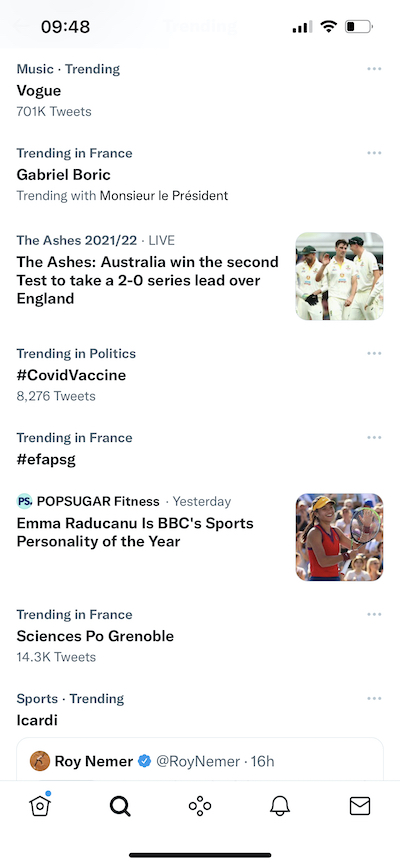
Thus, some subtleties should be known: if you see a news item as a top tweet that could have a link with your business activity, your brand, etc., don’t hesitate to use the popular hashtag to quickly reach connected internet users.
Then, be careful with expressions that are too long: remember that
you only have 280 characters to be effective. You can then opt for writing in the comments to complete your content written under the same post.
How do you use hashtags on TikTok?
On TikTok, the hashtag is central to the application’s use. Challenges, trends, tendencies: it allows you to highlight the latest content buzzing on the search page, just like Twitter but mostly in the areas of “entertainment” and “video.”
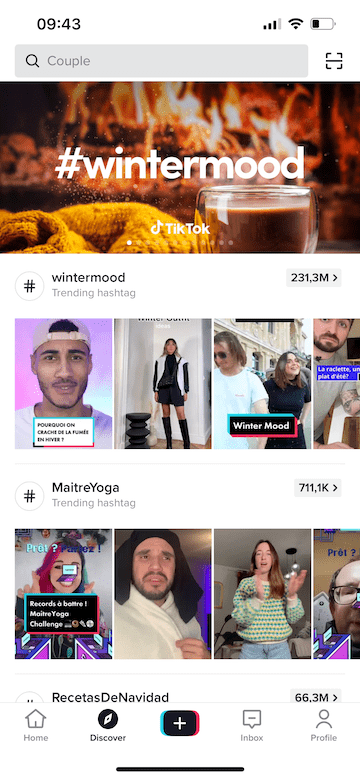
Unlike other social media networks, hashtags can also appear on general and viral pages, without being restricted. Thus, adding #ForYou, #ForYouPage or #FYP allows access to links accounting for nearly 6 trillion views!
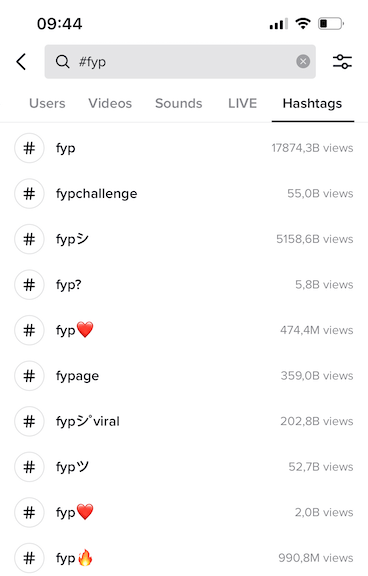
How do you use the right hashtags on Facebook?
On Facebook, hashtags aren’t as important as on Instagram. They aren’t widely used for posts and aren’t governed by the same rules of use as on Insta or Twitter. Their use allows you to identify content containing the same keyword, but searches by internet users are less common. For these reasons, community managers and experts are rather the ones who have developed good practices over time.
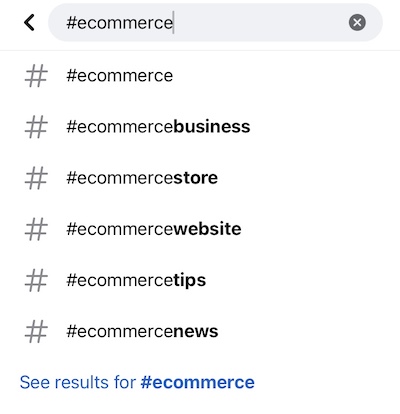
Hashtags on Facebook are mostly present for a brand or company’s image. In addition, if you opt for the automatic sharing of Instagram content on Facebook, hashtags will be added in the caption of your post.
There’s no predefined rule then, except for the one that’s common to all media: don’t overuse them!
What are the relevant hashtags on LinkedIn?
This professional network allows hashtags, but, here too, they are mostly image based. The search is less common. In your message focused on your company, your organization, or your structure, adding hashtags will be the opportunity to accompany your status with expressions related to it. You only need 3 or 4 hashtags, no more!
If you talk about telecommuting, coworking, positive management, or evolutions of your sector, it will be more important to add popular hashtags directly related to your news. Think “branding” and “team presentation” on LinkedIn to create engagement!
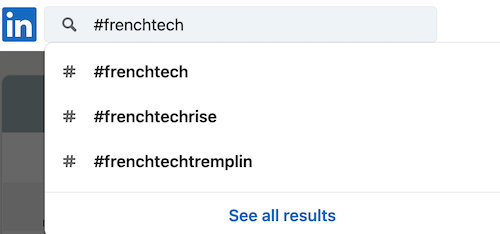
Our 7 tips for using hashtags
1. To use the best hashtags: research
Before using a hashtag in your message, you should check if it’s already used or not. If publications or conversations already use the hashtag in question, make sure that the themes and tones of the messages correspond to the angle of communication you want to move toward.
2. The qualities of the best hashtags
A good hashtag must be easily memorable if you want it to be picked up by your community. It must also be relatively short so that it doesn’t take up too much space. Finally, the hashtag chosen must be relevant and must correspond to the theme of your message.
3. Number of hashtags: don’t go crazy with them!
To get the most visibility possible and reach a large audience, you think that using a maximum number of hashtags is an excellent idea. Nope! This marketing strategy is no longer relevant.
Hashtags are a bit like good things, you shouldn’t have too many of them. The risk is that your publication becomes unreadable or that people think you’re a spammer.
To improve the visibility of your publications, you can integrate the hashtag in question in a very fluid way within your sentence instead of simply posting it at the end.
Furthermore, don’t overuse the same hashtag in each of your posts. Using the same hashtag over and over again will make it lose its effectiveness, and the application used will certainly block the reach of your content.
4. Pay attention to the format used
A hashtag must include numbers and letters but nothing else; no special characters, no hyphens or punctuation marks should be included...Let’s say that I want to create the hashtag #wizi-shop. I won’t be able to because the social network will only take into account #wizi.
In addition, be careful if your hashtag includes letters with accents or other marks designating pronunciation. To illustrate this point, I give you the French example of “Stade Niçois.” After verification, it was found that the community was using the hashtag #stadenicois more often than #stadeniçois. It’s then necessary to focus on the first.
5. Make your hashtags understandable and relevant
At best, abbreviations and acronyms should be avoided, except in high-profile cases. Your hashtag should be understandable to everyone, even followers and an audience who are unfamiliar with your topic.
This is especially important if you’re using social media for ecommerce.
Consider that when you publish a new photo or new posts, users will want to be inspired by your content and not feel excluded...
6. Use popular hashtags
Using popular hashtags is a great way to increase your visibility and recruit followers. How do you find them? Apart from the trending topics accessible from Twitter, there are tools such as Hashtagify that allow you to find the most popular hashtags on a topic. More precisely, this tool allows you to do the following:
- analyze popularity and find similar hashtags for a given hashtag,
- detect influencers on a hashtag (and thus on a topic), and
- discover the distribution of languages spoken by a hashtag’s users.
By passing my cursor over each word in the tool, I get its percentage of popularity as well as the percentage of correlation with the hashtag #ecommerce.
So I know that if I want to increase the visibility of my tweet, I can associate it with #marketing because although #business and #socialmedia are more popular, #marketing is still relatively popular and correlates quite well with #ecommerce.
In addition, if I’m looking to create content for a French audience, for example, the index of distribution by language can confirm our choice if a significant number of French-speaking users use it.
These tools allow you to analyze the reach of a publication, photo, or posts to always optimize your online content and follow an ideal marketing strategy to recruit new subscribers.
7. Promote your best hashtags
You’ve finally managed to define the perfect hashtag. Congratulations! However, if nobody knows it, it won’t do you much good. Promote it on your social networks and your website, and don’t forget the offline methods: posters, business cards, TV spots, etc. Relevant communication tools can give new life to your online posts.
For instance, going back to the example of Stade Niçois, the hashtag without the cedilla is mentioned in the descriptions and biographies of social accounts to encourage users to use this one and not another.
What about you? How do you manage to define the hashtags you will use to improve the reach of your publications? Tell us all about it in the comments!


